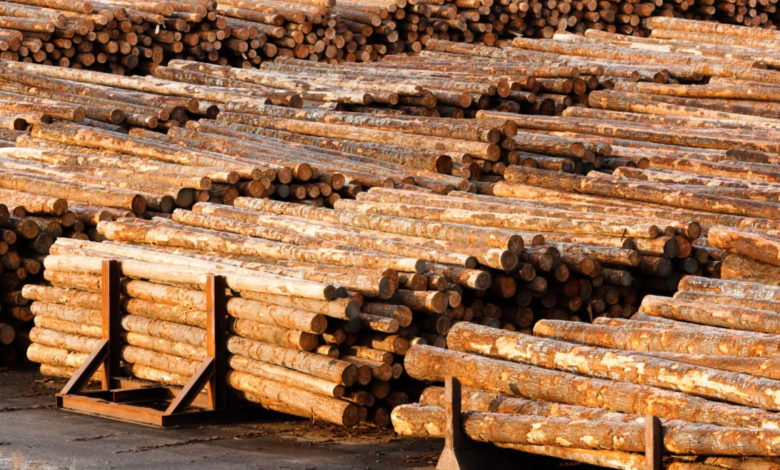Is it possible to stop deforestation with $130 billion a year?
Energy Transitions Commission’s latest report on solutions to stop deforestation
(sustainabilityenvironment.com) – Today, funding to protect the planet’s large green lungs, especially tropical forests, amounts to no more than $3 billion a year. But it would take at least $130 billion a year to stop deforestation by 2030, at least in the highest-risk forests. A figure that “would be so great that it is not credible to assume that soft payments or subsidies of this magnitude will ever materialise“. Financing the transition: the costs of avoiding deforestation, the latest report of the Energy Transitions Commission, is the solution to this problem.
The solution? Focus on a mix of solutions. Also financial. The 130 billion may be an excessive volume but using the lever of money to “compensate” the incentives to deforestation will be an inevitable move, the report says. In practice, the 130 billion is the figure that should be put on the table so that all those involved in deforestation (from farmers to farmers) it is cheaper to accept the offer rather than continue with the destruction of forests.
Read also Proven link between deforestation and less abundant rain
In addition to this tool, to stop deforestation it is also necessary to reduce the demand for the main products that incorporate the destruction of tropical forests. Starting with meat and palm oil. And then develop “alternative businesses” that base their profitability on the existence of forests (the report cites as examples ecotourism and sustainable agroforestry). Furthermore, direct government intervention is needed to outlaw deforestation and monitor compliance.
“Without a significant flow of soft payments, any reduction in deforestation will come too late to limit global warming to well less than 2 ºC, let alone 1.5 ºC. But finance alone cannot end deforestation. Actions to reduce the basic needs of consumers pushing for deforestation are also essential and must be a priority for governments, businesses and consumers,” comments Adair Turner, president of the Energy Transitions Commission.






